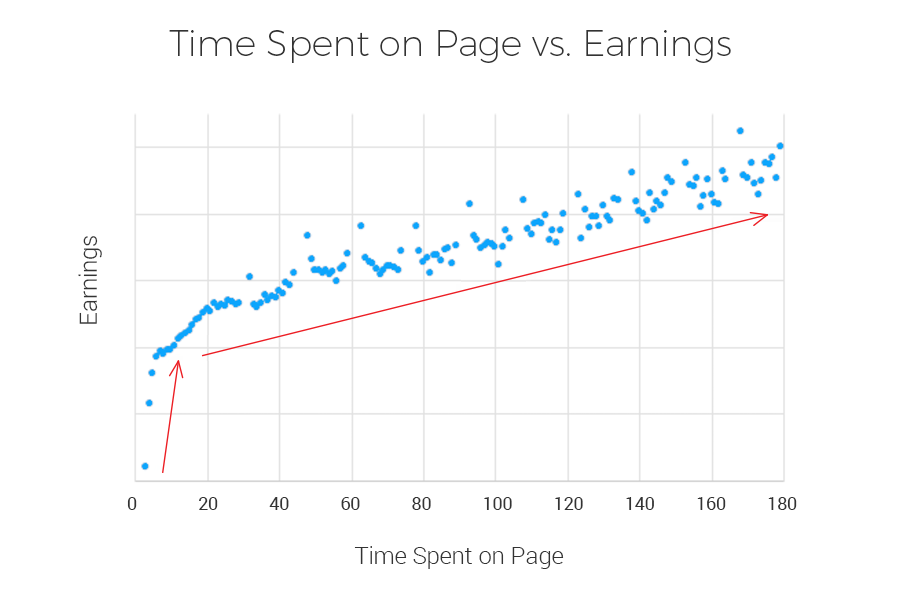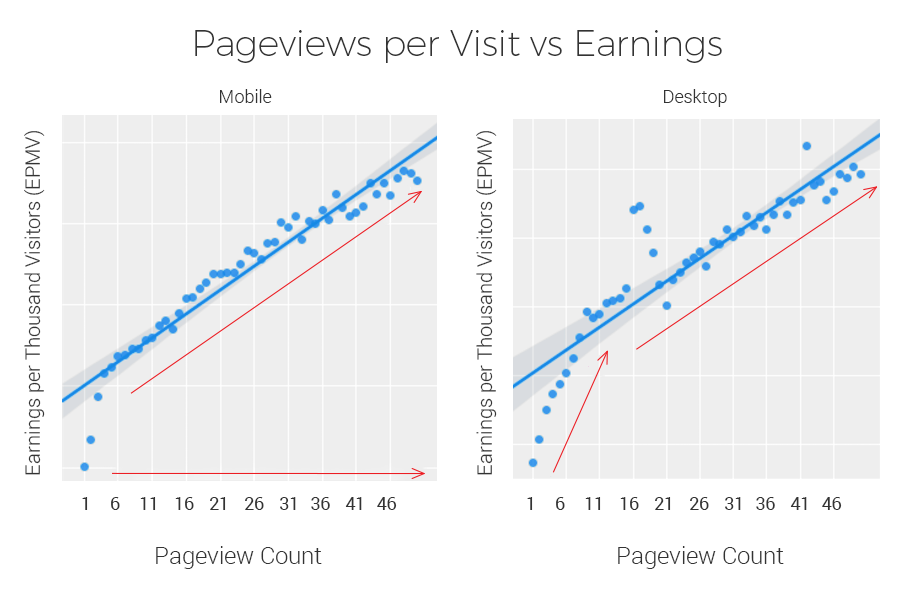There’s an old marketing rule of thumb that successful companies emulate. It costs 5x more to acquire new customers than to retain existing ones. Companies that heavily invest in retention strategies increase the customer lifetime value (CLTV) of their customers, which translates into heavy cost savings as it requires less money to be spent on net new acquisition campaigns.
In the digital publishing industry, the model is very similar. Some studies suggest that converting unknown readers into new subscribers generates, on average, between a 5% to 20% success rate. On the other hand, converting registered or known users into subscribers is far more effective with success stories in a range of 60% to 70%.
How to build audiences: foster fast-paced communities
When you have communities of engaged readers, you’re more likely to create a lively forum. People love to express their opinions on a topic, especially if an argument has been so articulately laid out by a subject matter expert in a written article. A healthy commenting platform allows readers to share their own thoughts on the subject and open up a lively debate.
These UGC contributors demonstrate their affinity for your content by leaving their comments and engaging in lively discussions with other readers. This shows an active willingness on their part to increase their CLTV for your business.
On top of that, your UGC contributors can actively help you attract new readers at no additional cost. According to AdWeek, nearly half of millennials and over 35% of baby boomers trust UGC content over branded content. This means your commenting section can be one of your top acquisition channels. You just need to invest in a solid retention strategy to get your active UGC contributors to engage with the content.
Use first-party data to profile your most avid commenters
First-party data is fully consented data. At a time when consumer privacy is paramount and third-party cookies will be eliminated, first-party data has become the most valuable resource to help publishers gain a deeper understanding of their most avid consumers.
If a user creates an account on your site to read or comment on your content, that action is an example of first-party data. Each action that user takes from that point onward is a first-party data touchpoint that you can use to build a rich audience profile. Using a first-party data strategy, you can gain consent from audiences to:
- Send more personalized notifications to your active readers
- Develop segmented audience experiences based on user preferences
- Boost community engagement by monitoring audience behavioral metrics
- Deploy data-informed push notifications to increase engagement with premium content
Deploy content recommendation modules to boost audience engagement
Once you have data-driven audience profiles, you can start personalizing the experience on your website. Using your first-party data, you can identify common themes, topics, writers, keywords, and other commonalities that motivate your UGC contributors to leave a comment.
With those insights in hand, use your content recommendation modules to tailor the articles that appear for those users. Studies have shown that personalized content recommendations will boost paywall impression rates by at least 10% and conversion rates by 30%. You can motivate more readers to go beyond the paywall so that they can post their own thoughts and engage in healthy discussions with like-minded participants.
Encouraging UGC commenting and healthy discussions is a growth strategy that can prove to be very effective. The Independent, one of the world’s leading publications, used this exact commenting and conversion-based experience strategy. Over the course of 12 months, the Independent was able to add 2,000 new website registrations with comments.
Grow your community and encourage real-time conversation
As you profile highly engaged users, you can use your automated moderation tools to create a healthy digital community for your UGC contributors. Automated moderation tools are designed to keep communities engaged, prevent toxic or harassing comments, and reward meaningful contributors with special labels to elevate their status on the forum.
Creating a safe and healthy community for discussion is essential to boosting audience engagement. Studies have shown that 4 out of 10 news comment readers refuse to publish their own thoughts or opinions due to toxic or argumentative communities.
Remember that nearly half of all millennials and over one third of baby boomers trust UGC contributors over branded content. Audience engagement and UGC contributions are essential to create that vibrant community and encourage new readers to register their own rights to comment on your content.
If you’re not creating a healthy community to facilitate lively UGC discussions, you don’t have an effective retention and engagement strategy. And without an audience retention and engagement strategy, you can’t rely on your commenting section to help grow your business. Ultimately, you’re leaving a viable path for growth untouched on the table.









